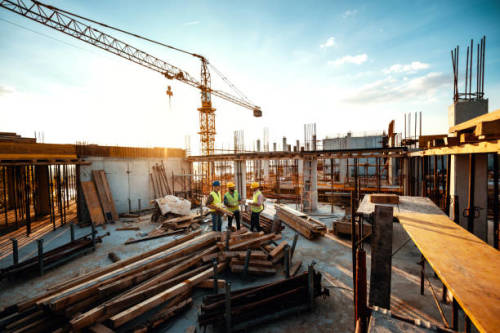Hot Dipping
Fluidised bed dipping, also known as thermoplastic powder coating or hot dipping, is a well-established method for applying plastic coatings onto metal components. This technique dates back to 1952, when Plastic Coatings was established.
The thermoplastic coating material is first ground into a fine powder then placed in a steel container, also known as the fluid bed. This container has an open top and a fine mesh at the bottom that is designed to prevent powder particles from escaping. Air is introduced through the mesh, causing the powder particles to rise and behave like a fluid, hence the name "fluidised bed."
Before dipping, metal components undergo pre-treatment, typically involving degreasing and shot blasting. The components are then heated to temperatures ranging from 250 to 400 degrees Celsius, depending on the specific coating requirements. The heated metal parts are submerged into the fluidized bed of thermoplastic powder, which causes the powder particles to melt and adhere to the metal surfaces, forming a smooth, continuous coating. This process results in a durable and protective layer on the metal components, enhancing their performance and longevity.











